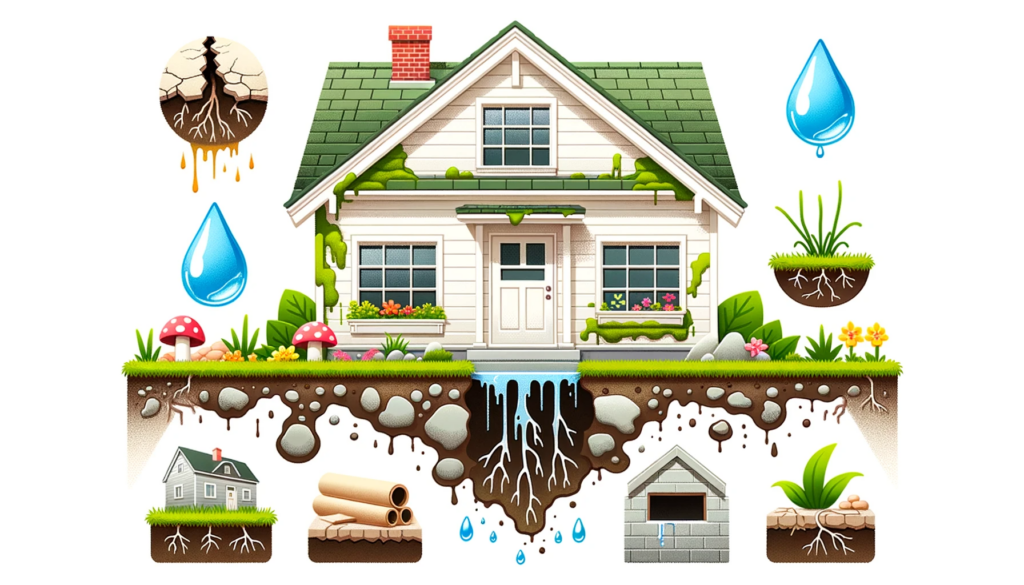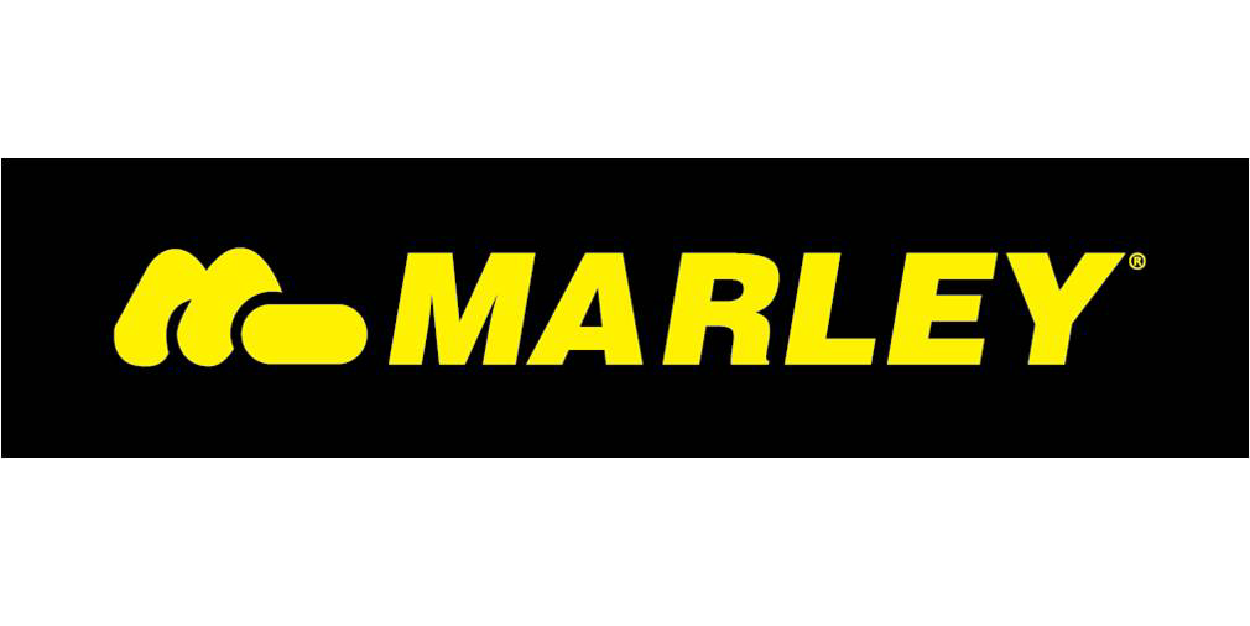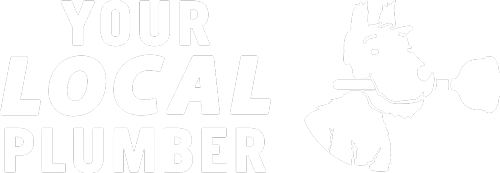
Call Today 09 973 4973 or
Moisture meters are an essential tool in the leak detection industry. These devices measure the amount of moisture content in various materials, providing valuable insights into the presence of leaks or dampness. This article will delve into the technology behind moisture meters, their applications, benefits, limitations, and their role in the broader context of leak detection and property maintenance.
Understanding the Technology Behind Moisture Meters
Moisture meters operate based on one of two technologies: pin-type and pinless (or non-invasive).
Pin-type moisture meters work by sending an electrical current between two pin electrodes that are inserted into the material being tested. As water conducts electricity, the level of resistance to the current provides a measure of the moisture content.
On the other hand, pinless moisture meters work on the principle of capacitance or electromagnetic fields. When placed against a surface, they send a signal into the material and measure the response to calculate the moisture content. Pinless meters are non-invasive, meaning they don’t cause any damage to the material being tested.
Both types of moisture meters come with their own sets of advantages and limitations. Pin-type meters provide highly accurate and localised readings and can measure moisture content at different depths depending on the length of the pins. However, they can cause minor damage to the material. Pinless meters, while non-destructive, provide a less localised reading and may be less accurate on uneven or highly textured surfaces.
Applications of Moisture Meters in Leak Detection
Moisture meters are versatile tools with wide applications in leak detection. They can be used to detect leaks in walls, ceilings, floors, and other building materials. They are particularly useful in identifying hidden leaks that may not be visible to the naked eye. For instance, a moisture meter can detect dampness in a wall or ceiling caused by a leaking pipe hidden behind it.
Moisture meters are also valuable in assessing the extent of water damage after a leak or flood. By measuring the moisture content in various materials, they can help identify areas that need drying or replacement. This is crucial in preventing secondary damage, such as mould growth and structural deterioration, which can occur if damp materials are not properly addressed.
Benefits and Limitations of Moisture Meters
One of the key benefits of moisture meters is their ability to provide quick and quantifiable measurements of moisture content. This makes them a practical tool for detecting leaks and assessing water damage. Additionally, with their non-invasive capabilities, they can be used to scan large areas quickly without causing any damage.
It’s important to note that moisture meters only detect moisture – they do not specifically locate leaks. A high moisture reading indicates the presence of dampness, but not necessarily its source. Therefore, moisture meters are often used in conjunction with other leak detection methods to accurately identify and locate leaks.
Different materials can affect the readings of moisture meters, and they may need to be calibrated correctly to the type of material being tested for accurate results.
The Role of Moisture Meters in Property Maintenance and Restoration
Beyond leak detection, moisture meters play a critical role in property maintenance and restoration. Regular use of a moisture meter can help property owners identify potential issues before they become major problems. For instance, consistently high moisture readings in a particular area could indicate a slow leak, allowing for early intervention.
In the aftermath of water damage, moisture meters are instrumental in guiding the drying process. By providing quantifiable measurements, they help ensure that materials are thoroughly dried, preventing lingering moisture that could lead to mould growth and structural issues.
Moisture Meters: Selection and Usage
When choosing a moisture meter, several factors need to be considered. These include the type of material you’ll be testing, the range of moisture content you expect to encounter, the meter’s ease of use, and whether you require a pin or pinless model.
If you’re primarily dealing with wood, you might opt for a meter specifically calibrated for wood moisture content. Alternatively, if you’re inspecting a variety of materials like drywall, concrete, or plaster, a meter with multiple calibration scales might be more appropriate.
When using a moisture meter, it’s crucial to follow the manufacturer’s instructions carefully to ensure accurate readings. For pin-type meters, this may involve inserting the pins to the correct depth, while for pinless meters, it may mean ensuring proper contact with the surface. Regular calibration is also crucial to maintain the meter’s accuracy over time.
Consider the ambient conditions when using a moisture meter. High ambient humidity can influence moisture readings, especially for surface measurements. In such cases, it might be beneficial to take readings over time or use a moisture meter in conjunction with other tools like thermal imaging cameras to confirm results.
Future Prospects and Advances in Moisture Meter Technology
Moisture meter technology continues to evolve, with new advances enhancing their capabilities and usefulness in leak detection. For example, some newer models feature Bluetooth connectivity, allowing for remote monitoring and data logging. This feature can be particularly useful in monitoring the drying process after water damage, enabling professionals to track changes in moisture content over time without having to physically revisit the site.
Other advancements include the integration of infrared thermography into moisture meters. These hybrid tools can provide a visual representation of moisture distribution, helping professionals pinpoint areas of concern more easily.
Looking forward, we can expect the continued integration of moisture meters with other technologies, further enhancing their capabilities. With the advent of smart homes and buildings, moisture meters could be integrated into building systems to provide real-time monitoring of moisture levels, alerting property owners to potential leaks or dampness problems before they become significant issues.
Moisture meters are a crucial tool in the arsenal of leak detection and water damage restoration professionals. Their ability to quickly and accurately measure moisture content in various materials makes them indispensable in identifying and addressing leaks and dampness issues. As technology continues to advance, we can expect moisture meters to become even more sophisticated and efficient in helping protect properties from the damaging effects of water leaks.
Suppliers




